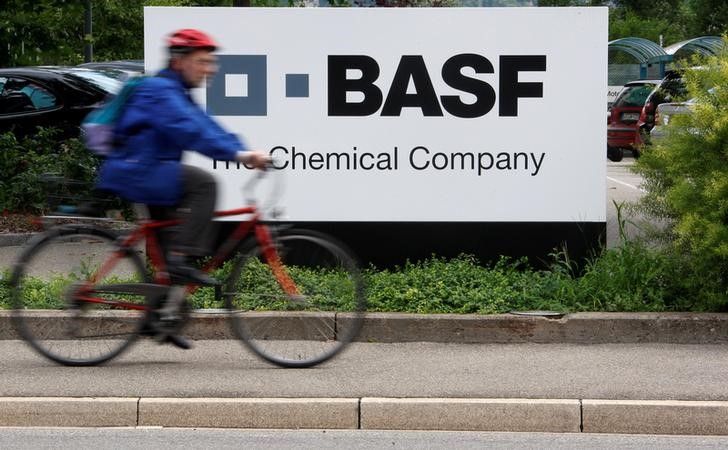
Investing.com — Elevated valuations and market concentration in the S&P 500 signal soft long-term returns for the index, according to Goldman Sachs.
Citing its updated equity return model, which now includes a variable for market concentration, the 10-year annualized total return for the capitalization-weighted S&P 500 is projected at just 3%, Goldman said in a Friday note.
This forecast marks a significant decline from the past decade’s average return of 13% and is well below the long-term average of 11% since 1930.
As mentioned earlier, the two primary reasons Goldman expects below-average returns in US stocks over the next decade are high valuations and market concentration.
According to the bank’s model, the S&P 500’s cyclically-adjusted price-to-earnings (CAPE) ratio of 38x places it in the 97th percentile of historical levels, which is a strong indicator of lower future returns.
The firm emphasizes that valuation is a more significant driver of long-term returns, with its impact being “3x more significant than concentration.” However, they caution that concentration “should not be ignored.”
Goldman notes that while high market concentration does not signal near-term risk, it is “associated with lower returns over longer horizons.” They explain that the S&P 500’s performance is increasingly tied to a handful of large-cap stocks, leading to increased idiosyncratic risk.
The model shows that excluding the concentration variable would increase the projected annualized return from 3% to 7%, but this would still rank in the 22nd percentile compared to historical returns. It also highlights that concentration helps explain residual variation in returns that cannot be accounted for by other factors in the model.
Goldman attributes the index’s elevated concentration to the rise of dominant firms, stating that the premium valuation of the top 10 stocks relative to the broader market is at its highest level since the Dot Com bubble.
Still, the firm clarifies that its analysis applies specifically to the S&P 500 capitalization-weighted index and does not suggest that all equities will experience low returns.
Instead, they recommend considering other indices, such as the equal-weight S&P 500 and the S&P 400 mid-cap index, which may offer stronger performance without the concentration risk that currently characterizes the S&P 500.
“Long-term performance of these alternatives reflects the fact that the strength of the US economy and the earnings and innovative capacity of US corporates can be captured outside of large-cap and capitalization-weighted indices,” Goldman’s note states.
The bank has set a 12-month price target of 6,300 for the S&P 500, indicating an 8% upside from current levels. This forecast is supported by expectations of strong earnings per share (EPS) growth of 11% in 2025, along with a projected price-to-earnings (P/E) multiple decline from 22x to 21x, aligning with their fair value model.












